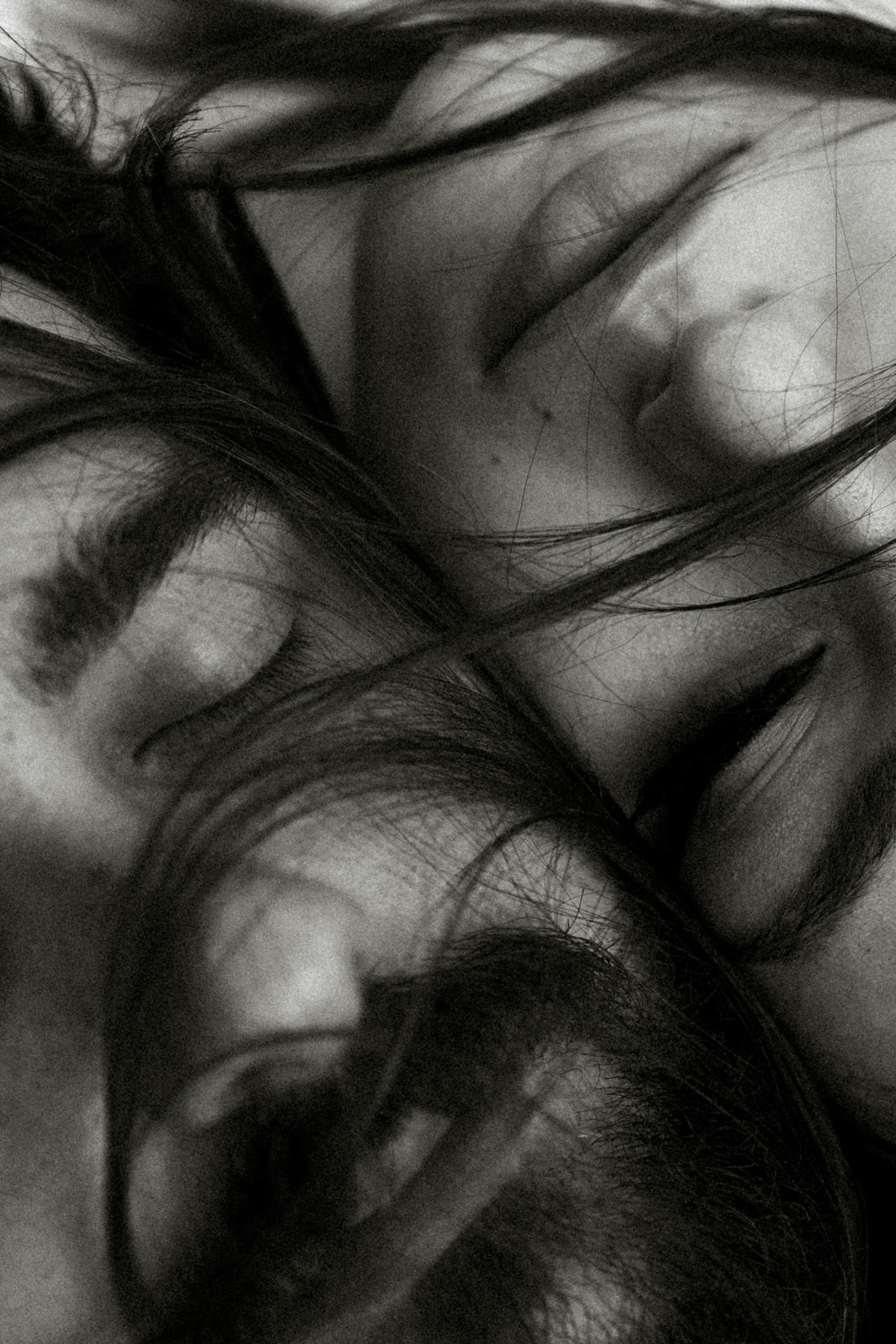Frequently Asked Questions
Can't find an answer to your question? Contact us at concierge@ulo.co
Using ulo
How long does it take for ulo's products to work?
With daily application of one of our topical or oral solutions, the results are typically seen as early as 3 months, and up to 6 months of use.
In a clinical trial study of 45 male patients, compared 1mg Oral Finasteride to Topical Finasteride 1% for a total of 6 months. Both the Oral Finasteride and the Topical Finasteride showed a statistically significant increase in total and terminal hair count after 4 months. (Hajheydari et al. (2009))
Do I need to have a consultation with a doctor before I begin with ulo?
Yes. This is an on-going relationship between you and us. We'll first need to assess your health and ensure that our products can actually help you. Once we've gotten started, we'll work with you on an on-going basis for optimal results.
Can I use my local pharmacy?
No. Ulo's pharmacy will be compounding all of your solutions.
Can women use ulo?
Yes, we have products that are catered specifically for females. See here.
Shipping
How is ulo shipped?
We provide free express shipping via USPS First Class. Billing and shipping is defaulted to every 25 days to ensure you receive your medications on time. You can make changes to your account by logging into your account page at https://portal.ulo.co
How does my subscription work?
By default, we bill every 25 days to ensure the payment goes through and provide ample time for your medication to be compounded, shipped, and delivered.
Your first order includes the initial telehealth visit with a board-certified medical professional who will evaluate and prescribe the medication.
How do I cancel my subscription?
You can make changes to your account by logging into your account page at https://portal.ulo.co or you can contact us a concierge@ulo.co and a customer service representative can assist you with your account.
Hair Loss
What are the typical causes of hair loss?
Hair loss can be attributed to heredity, a medical condition or a hormonal change or imbalance. The most common type is hereditary hair loss, which typically occurs or worsens as you age. Hereditary hair loss in men is also called male pattern baldness or "androgenetic alopecia". For men, the first sign of male pattern hair loss may be a receding hairline or bald spot.
Hair loss can also be caused by several medical conditions. Some of these can include alopecia areata, fungal infections, iron deficiency, certain thyroid issues and rapid weight loss.
Alopecia areata makes it so that the body’s immune system to attack its own hair follicles. Usually hair loss of this nature may be temporary or may need treatment if hair does not grow back.
Stress, severe illness or another traumatic event can cause a temporary hair loss condition called telogen effluvium. Typically, after the stress or shock is reduced, the hair will grow back.
Hair loss can also be caused by certain medications and treatments, such as cancer treatment. Additionally, tight hairstyles like braids or ponytails can lead to scalp hair shedding.
Hair loss can be treated with medication, therapy or a combination, but determining the cause of your hair loss is the first step. If you are experiencing new or worsening hair loss, see your doctor or connect to a medical provider through the ulo platform.
How do I know what type of hair loss I have?
Males with male pattern baldness may see receding hairline, patchy hair loss, or hair loss that worsens slowly with age. Male pattern baldness is a permanent hair loss type with no cure, but there are several treatments available to help slow hair loss and even regrow hair.
If you are suddenly noticing bald patches with no apparent cause, then seek medical attention and determine the cause. These cases of sudden hair loss may be caused by a medical condition, such as alopecia areata, vitamin deficiency or the side effect of a medication. The good news is that these types of hair loss are typically temporary and resolve when the medical condition is treated.
A doctor may be able to diagnose you after asking a some questions or they may need to run tests to determine the root cause.
Is there a hair loss cure?
There isn’t a complete cure for hair loss. However, there are medications and hair restoration treatments that can be very effective. These medications or procedures can slow hair loss or even reverse balding, but they do not "cure" hair loss.
What's the best medication for me?
Oral Finasteride and Topical Minoxidil are both FDA-approved treatments for male pattern hair loss and are great places to start for those that are just starting on their hair journey. Your medical provider will assess your status and may recommend changes or modification to your plan to better suit your goals and needs.


